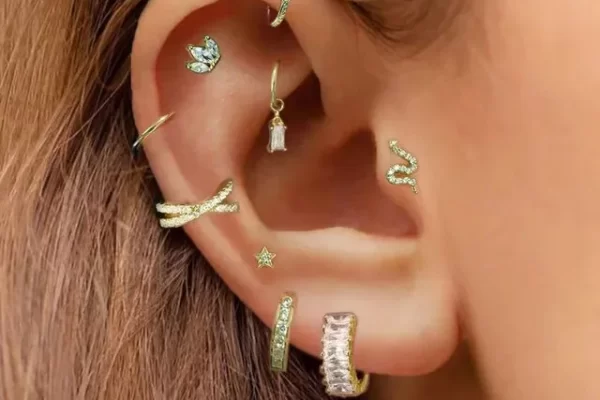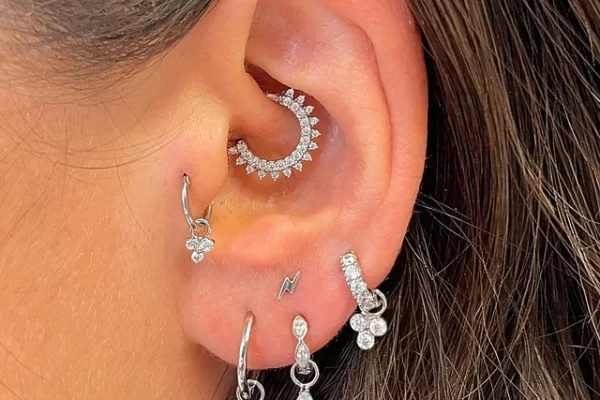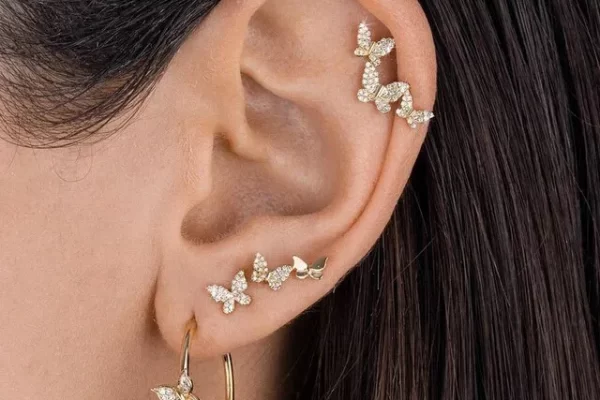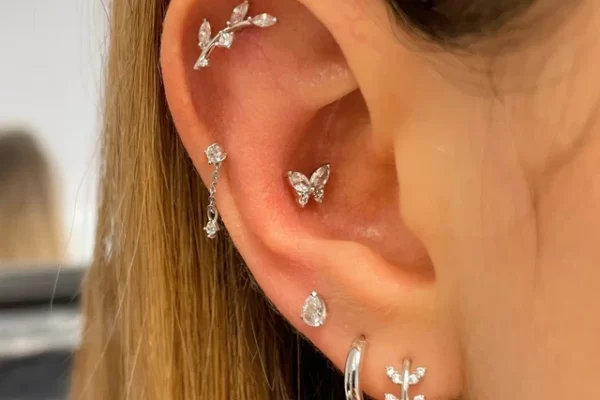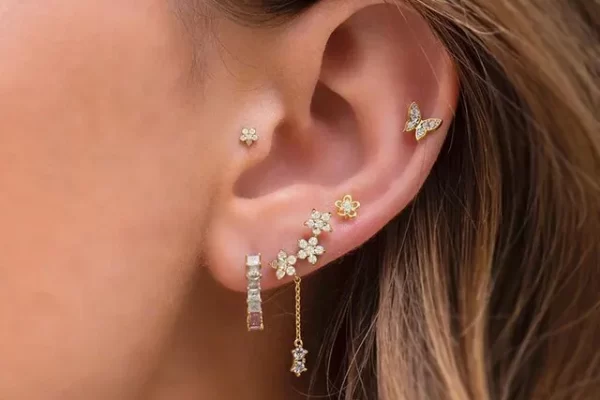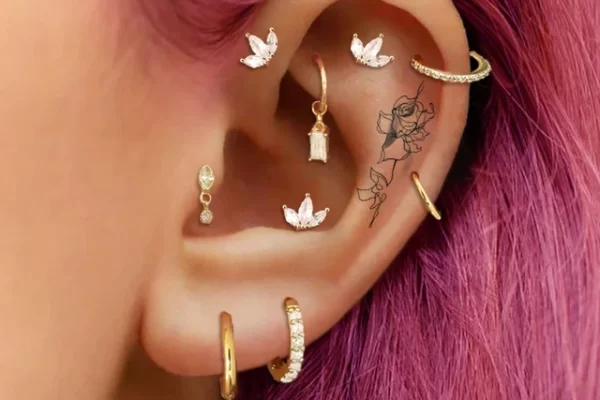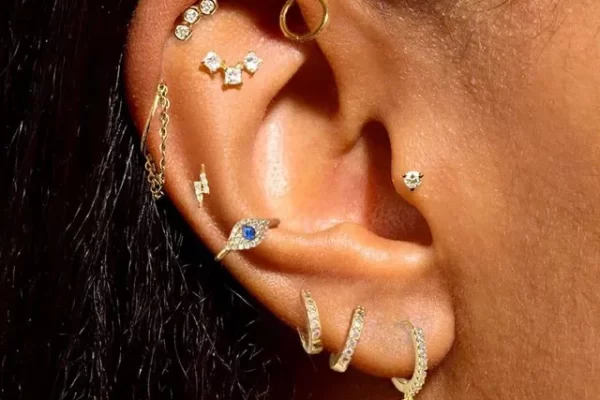Helix Piercings in Madrid
History and significance of helix piercing
The helix piercing, a fascinating and popular piece of jewelry that is pierced through the upper cartilage of the pinna, has a rich history and cultural significance. This piercing has evolved over the decades and is now one of the most widespread piercings in the world. To fully understand the significance and charm of helix piercing, it is important to know its origins, the piercing process, the care required and the risks involved.
Origin and history of helix piercing
The practice of body piercing dates back thousands of years, with testimonies spanning different cultures and civilizations. Although it is difficult to pinpoint the exact origin of helix piercing, it is part of the long history of ear piercing that was practiced in many ancient societies. Historically, ear piercings served not only as jewelry, but also as symbols of status, beauty, value or belonging to a certain community or tribe.
Over time, helix piercing has evolved along with the evolution of body art and piercing. In the last decades of the 20th century, as piercings gained popularity in the Western world, helix piercing became an elegant and widespread form of self-expression.
Piercing Helix in Madrid , a fascinating and popular piece of ear jewellery – – Visit our piercing studio in Madrid !!!
The helix piercing process
The helix piercing is placed in the outer area of the ear cartilage and can be pierced at various points along the helix line, giving the wearer a wide variety of jewelry options and styles. The process is usually performed with a needle to ensure accuracy and minimize the risk of trauma and infection. It is important to choose an experienced and professional piercer who works in a clean and safe environment.
Helix Piercing Pain and Healing
Piercing through cartilage can be more painful than through softer tissue, such as the earlobe. However, the sensation of pain is subjective and varies from person to person. The healing time for a helix piercing can be long, usually 3 to 6 months, sometimes up to a year, depending on the individual’s healing ability and care.
Necessary helix piercing care
Proper postoperative care is crucial to prevent infection and promote rapid healing. This includes regular cleaning of the piercing with a sterile saline solution and avoiding unnecessary touching or twisting of the jewelry. It is also advisable to avoid direct pressure on the piercing, for example wearing headphones or talking on the phone on the pierced side, during the healing phase.
Helix piercing risks and complications
As with any piercing, there are potential risks, such as infection, rejection or growth of the jewelry and keloid formation. However, proper care and the choice of a qualified piercer can greatly minimize these risks.
Cultural and personal significance
Today, the helix piercing is often chosen as an expression of personal style preferences and individuality. It offers a subtle yet striking way to wear jewelry and can be easily combined with other ear piercings to create unique looks.
In short, the helix piercing is more than just a fashion trend: it is a mark of personal expression deeply rooted in human history. With proper care and attention, a helix piercing can be a safe and attractive addition to body art.
Would you like to get a helix piercing in Madrid? Give us a call.
**Image source – Aliexpress


